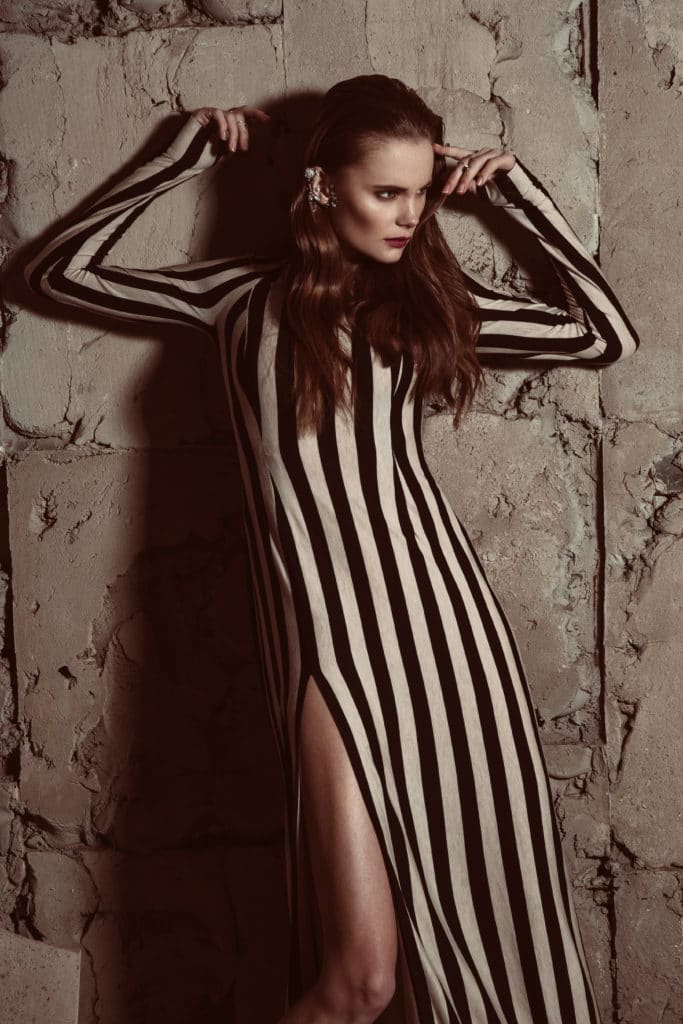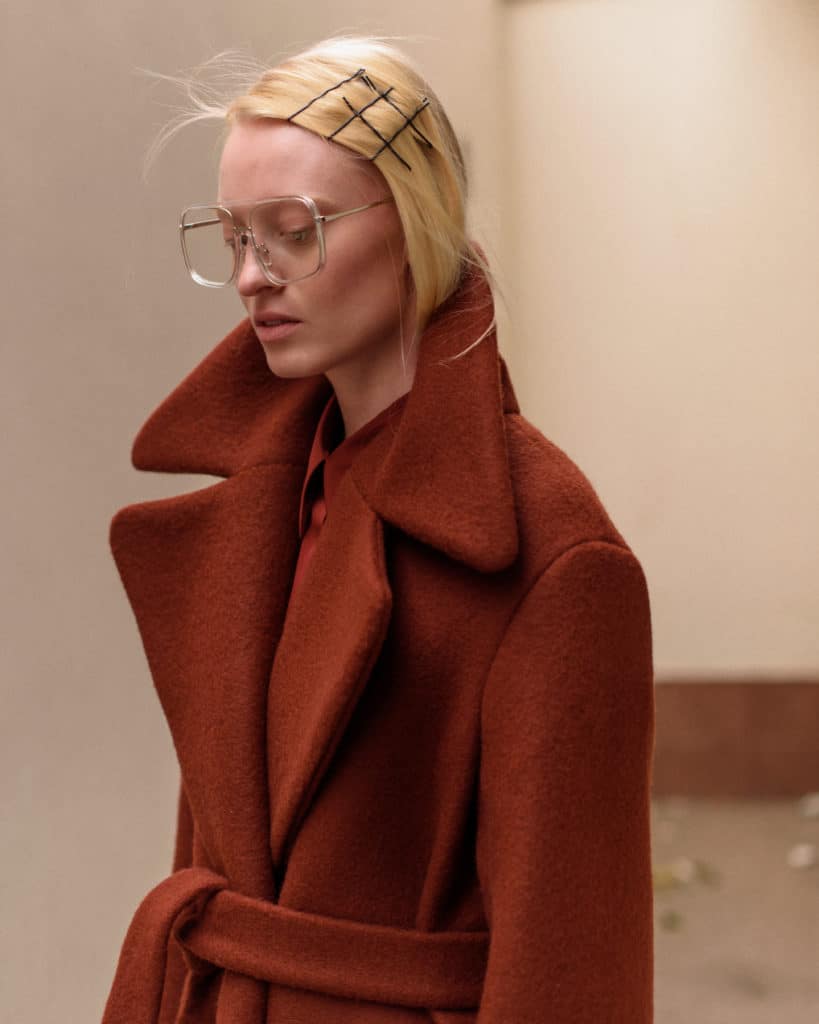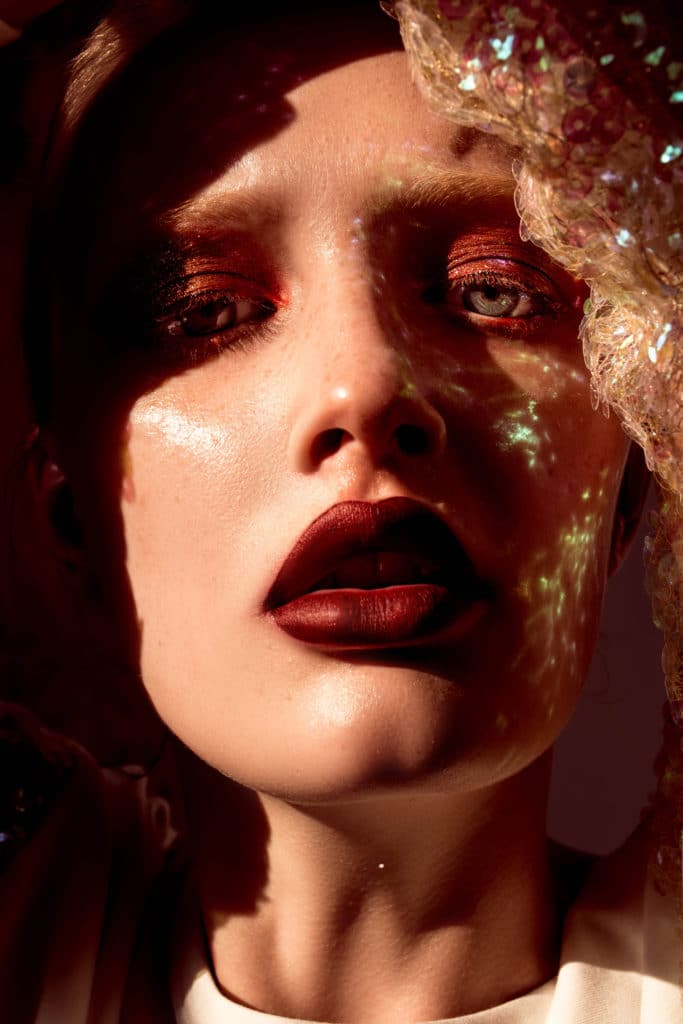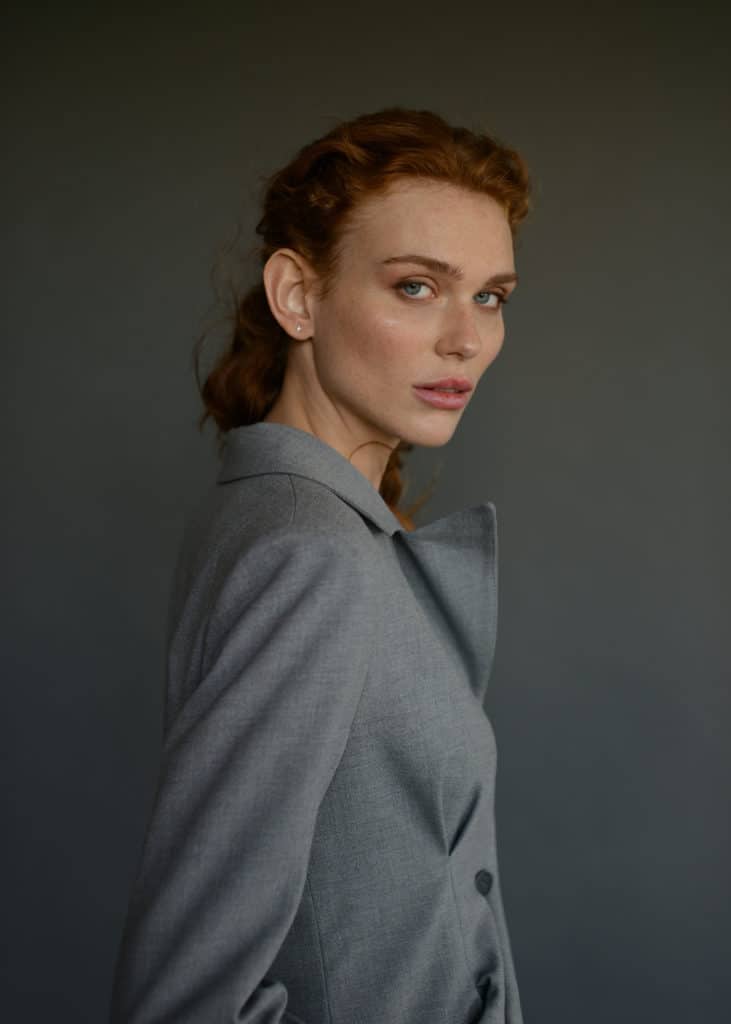There are many different types of modelling and each has different requirements. Read on to discover the differences between commercial and high-fashion modelling.
What is Commercial Modelling?
Commercial modelling encompasses all other types of modelling including plus-size, fitness, lingerie and beauty. It is used to sell products to everyday customers.
Commercial modelling ranges depending on the brands, but it is generally representative of a more approachable and realistic look. Commercial models tend to look more like “real people“.
What is High-Fashion Modelling?
High-fashion has much stricter requirements than commercial modelling and is therefore more difficult to get into. Models usually walk on runways and work for expensive premium brands.
High-fashion modelling tends to be more creative and artistic than commercial modelling. It is expensive, aspirational and luxury.
Famous High-Fashion Models
High-fashion models are seen as supermodels and work for brands like Victoria’s Secret, Chanel, Prada and Dior. Famous names include:
– Kendal Jenner
– Miranda Kerr
– Gigi Hadid
– Bella Hadid
– Naomi Campbell
– Adriana Lima
– Heidi Klum
– Tyra Banks

Famous Commercial Models
Commercial models do not reach the same levels of fame as high-fashion models. This means they get to live a life of relative peace without harassment from the press or public.
It’s hard to name famous commercial models. Kelly Brook is a great example of a commercial model; she is not considered high-fashion but she has achieved great success modelling commercially in the UK.
How Tall Do You Have to Be?
High-Fashion Models
High- fashion models must meet many strict requirements. They must be 5’9″+ in height and they are required to have a slender, proportional hourglass frame. Most models are around a UK size 6/8.
Occasionally there comes a model who manages to break the mould and succeed in high-fashion despite the strict rules. Kate Moss was one of them at only 5’7″. Jill Kortleve is another. Though not having the same fame as other top models, she has succeeded in working for some of the top brands despite being a UK size 12/14.
Commercial Models
Commercial models can get away with being shorter. 5’7″ is usually the height minimum, though there are always allowances for the right person.
What Are the Requirements for High-Fashion Modelling?
As well as being a specific height, models must have other measurements.
Generally, models must be proportional. This means their bust and hips are roughly the same size, while their waist is inches smaller. 34-24-34 (hip-waist-bust) is usually the maximum.
High-fashion models are usually very young, too. They can be as young as 16 and tend to work until their late 20’s, at which time many find alternative work.

Which Type of Modelling Pays the Most?
Because of its exclusivity, high fashion models are known to make the most money. Their fame and popularity means they are very in-demand and this means they can charge vast sums of money for a single image.
Their fame also means they are capable of selling a lot of products due to their large fan bases. This means that social media can be another large source of income for them.
How to Become a Model
High-Fashion
If you fit the strict requirements for high-fashion modelling, you can feel free to pursue agencies who sign these types of models.
Make sure you have a great portfolio which shows off your modelling experience. Choose images which are high-fashion and not as commercial-looking. Read magazines like Vogue for shoot inspiration and choose a photographer who regularly does this sort of photography.
High-fashion models must also be able to walk well (especially in heels) as they will be required to walk on catwalks at fashion shows. Runway models may have to wear odd hair or outfits, but it is your job as a model to be uncomplaining and make everything look good.
Runways tend to take place in main cities like London, New York and Paris, so expect plenty of travelling.
High-fashion models are more likely to be approached by the media, so it’s important they work hard to look good on their off-days. Off-duty model fashion is a big thing; think carefully about how to put outfits together and ensure your clothing fits you properly.
High-fashion models are also great at the ‘no make-up make-up look’ because it helps define and emphasize the features without masking the face.
It’s a good idea to research editorials, too. This is when a story is told through photos and without words. High-fashion models feature in these sorts of spreads. Magazines like Vogue and Harper’s Bazaar regularly have editorial shoots.
Commercial
Commercial and catalog models are much more relatable than fashion models and can therefore be a bit more relaxed about their approach to modelling. The physical requirements are more lax, though there are still standards that must be met. It’s still important for commercial models to take care of their appearance by eating healthily and working out regularly.
There are many different types of commercial models including fitness models, lingerie models, glamour models, plus-size models, mature models, body parts models and alternative models. They all cater to a completely different audience, though there will often be crossovers; for example, a fitness model may work for a bikini/swimsuit brand or a lingerie model may work for a swimwear brand.
Apply to agencies who work with commercial brands. Use social media to build a fanbase and attract brand attention.
Social Media for Models
Social media is an excellent tool for both commercial and high-fashion models to use. Top models will have millions of followers on platforms like Instagram, Twitter and Facebook. They will usually pay a social media manager to manage their accounts and post updates regularly with their fans.
Commecial models will have to do more work as they will likely not be able to afford a social media manager. This gives them more control over how their accounts are run but may also leave them open to negativity and critique via the comments sections.
Social media can be time consuming but is ultimately a very useful tool for all models, whatever their chosen category of modelling. Many models make a lot of money through advertising and promoting products on social media.

Top Tips for All Models
– Be comfortable in front of the camera
– Practice posing so you look good at every angle
– Read magazines for research and inspiration
– Eat healthily and work out often to take care of your body and mind
– Think about the target audience you think you would most attract
– Apply to a modeling agency who works with your chosen modelling category
– Use social media, specifically Instagram, to increase your fanbase and attract brand attention
– Professionalism is key no matter which industry of modelling you wish to work in

